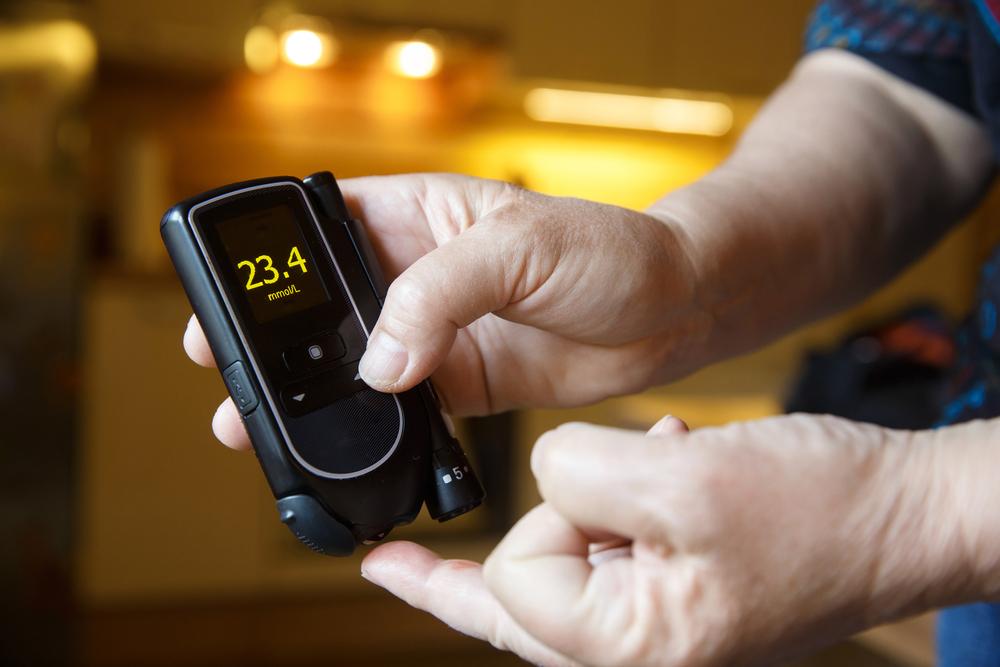
Overview of Diabetes – Causes, Diagnosis, and Symptoms
Diabetes, commonly called diabetes mellitus by doctors, is a disease in which the blood glucose or blood sugar levels of a person are too high. Insulin is a hormone produced by the body that allows glucose to enter into the cells of the body to provide energy.
When people have Type 1 diabetes, their body cannot make insulin. When people have Type 2 diabetes, their body cannot produce or use insulin in the proper way. This results in the glucose staying in the blood. Over time, it can lead to serious problems such as heart disease and stroke. The kidneys, nerves, and eyes of people can also get damaged due to diabetes.
Causes
The causes of diabetes depend primarily on a person’s family history, genetics, health, and other environmental factors. Type 1 diabetes results due to an autoimmune reaction or cause. In this type of diabetes, the immune system of the body destroys the cells of the pancreas that are responsible for making insulin. As a result, the body cannot make enough insulin for normal functioning. Although there is no specific cause for Type 1 diabetes, the triggers can be as follows-
- Bacterial or viral infection
- Any unidentified component resulting in an autoimmune reaction
- Chemical toxins that are present in certain foods
- Genetic disposition
Type 2 diabetes results due to multiple causes. The major risk factors for this type of diabetes include a sedentary lifestyle, obesity, bad diet, or increasing age. Other causes that can result in diabetes are polycystic ovary syndrome, pancreatitis, Cushing’s syndrome, glucagonoma, and use of steroids.
Diagnosis
Diabetes can be diagnosed through several tests. According to the American Diabetes Association (ADA), anyone whose body mass index (BMI) is higher than 25 and anyone who is older than 45 years must get screened for diabetes. The tests that are used for diagnosis of diabetes are as follows-
-
Glycated hemoglobin test (AIC test) –
This blood test shows the average level of blood sugar for the past 2-3 months.
-
Random blood sugar test –
In this test, a blood sample is taken at a random time.
-
Fasting blood sugar test –
In this test, a blood sample is taken only after an overnight fast.
-
Oral glucose tolerance test –
In this test, fasting blood sugar levels are measured at first. Then, the person is made to drink a sugary liquid. Then, his blood sugar levels are measured periodically for the next 2 hours.
Symptoms
The most common symptoms of diabetes are hunger and tiredness, frequent urination, and thirst. Other symptoms include-
- Dry mouth
- Itchy skin
- Blurred vision
- Stomach ache
- Deep and fast breathing
- Breath smells like that of nail polish remover due to presence of high ketones
The typical symptoms of Type 2 diabetes include yeast infections between toes and fingers, under breasts and in or around genitals. Cuts and sores take a lot of time to heal. The patient might experience pain or numbness in the legs, weight loss, vomiting, and nausea.
If you diagnose diabetes early, you can avoid serious complications. Therefore, call the doctor immediately if you can see any of the common symptoms of diabetes.
Interested in more articles about Wellness ? Explore them here. Keep yourself updated with fresh content by liking us on Facebook or subscribing to our Newsletter.
If a daily dose of fantastic images related to Women’s Lifestyle gets you going, follow us on Instagram .




